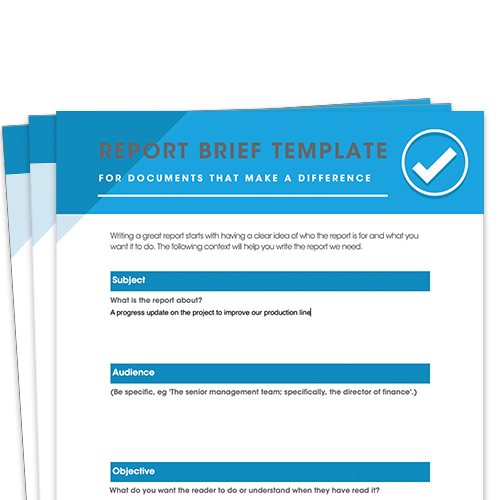
Contents

The key to writing a good tender is to be specific and detail how your capabilities match the client’s exact requirements.
You don’t have to be arrogant to sell your firm. Never kick off the tender by saying how great you are.
Instead, show that you’ve listened to the client’s needs and found them the right solution. The way to do this is to identify and concentrate on the ‘win themes’ – the issues the client is most concerned with. Hopefully, you will have had an opportunity to ask them about these. But invitations to tender usually give you clues about what they are and often state them directly (‘tenderers must have …’).
Win themes
Win themes could include things like:
- completing the job within a tight schedule
- attracting quality subcontractors
- project-management skills
- guarantees to stay on schedule
- health and safety procedures.
To some extent, most tenders should cover all these issues – among others. But make sure you focus more on the ones your client is particularly interested in. And then show how your firm can meet their needs.
One way of doing this with more complex tenders is to draw up a compliance matrix to make sure you’ve got a solution for everything the tender asks for.
This could give you the edge if you include it in the tender document itself.
Some people in the construction industry argue that tenders are usually won on price alone. No one can dispute how important price is, and sometimes it may be the main factor (making it a win theme, of course).
But never ignore the fact that whoever is in charge of the tendering process is also very interested in your firm – and what you can deliver over and above your competitors. Focus on these and you may well reduce the client’s sensitivity to price.
Unique selling points
This doesn’t mean you should slate your competitors in your tender – far from it. But it does mean you should have a clear idea of what your firm’s USPs (unique selling points) are. Some examples might include:
- quality of finish and ability to deal with snagging quickly
- getting the job done within a tight timeframe and budget (without jeopardising quality)
- regular progress reports and updates to client
- client satisfaction record and percentage of repeat business.
Make it clear why they should choose you. Don’t just make vague and clichéd claims such as ‘we deliver high-quality work within tight schedules’ or ‘we have considerable experience in the management of new office fit outs and refurbishments’. You need to substantiate these kinds of claims with supporting evidence. For example, ‘We have delivered 90% of our jobs within budget and 60% of our business comes from existing clients’.
Include a breakdown of all the various aspects of the work involved in the project. And don’t leave out things because you’re not sure if the client wants them or because you can’t price them accurately at this stage; it will look as though you’ve overlooked them. If necessary, put them in with a ‘TBC’.
Different audiences
Don’t make assumptions. Just because the client or person managing the tender knows you, that doesn’t mean you can leave out vital information about your firm. What if there are some other crucial ‘influencers’ reading your tender who know nothing about you?
It’s likely that a variety of decision-makers will read your response. So consider the varying needs of the head of finance compared to a business development executive, for instance.
And add in facts and figures that will keep everyone happy. But use appendices for detail, rather than stuffing the body text with too many facts that only one person will be interested in.
Writing matters
Don’t forget that the language you use is key to selling the solutions you’re proposing. Use persuasive language that will connect with the reader. That starts with writing clearly and simply: if something is easy to understand, we assume it must be right. (This is what cognitive psychologists call the fluency heuristic.)
It’s also useful to use the terms ‘you’, ‘we’ and ‘us’ to connect you to your reader and help the prospect visualise you working together.
And use the active voice where possible to make your sentences livelier. For instance, you can write ‘I [or we] guarantee that you’ll notice a difference in three days,’ rather than ‘a difference is guaranteed within three days.’
If you’re considering including technical language, ask yourself whether the reader(s) will be familiar with it. It can be very easy to overestimate this. But don’t be afraid to use jargon if you’re certain that your reader will understand it.
A tender response or proposal may be your first foot in the door, with what you write determining whether or not you’re invited to a face-to-face meeting. But don’t be tempted to use flowery language. Instead, write to express rather than impress and you’ll keep your prospects interested and wanting to find out more.
One last tip
Finally, always go through your tender face to face (in person or online) if the tender process allows it. That way you can sort out any sticking points.
Want to learn how to win business? Have a look at our bid and proposal writing course – we have options for individuals and for teams.
Image credit: kan_chana / Shutterstock






